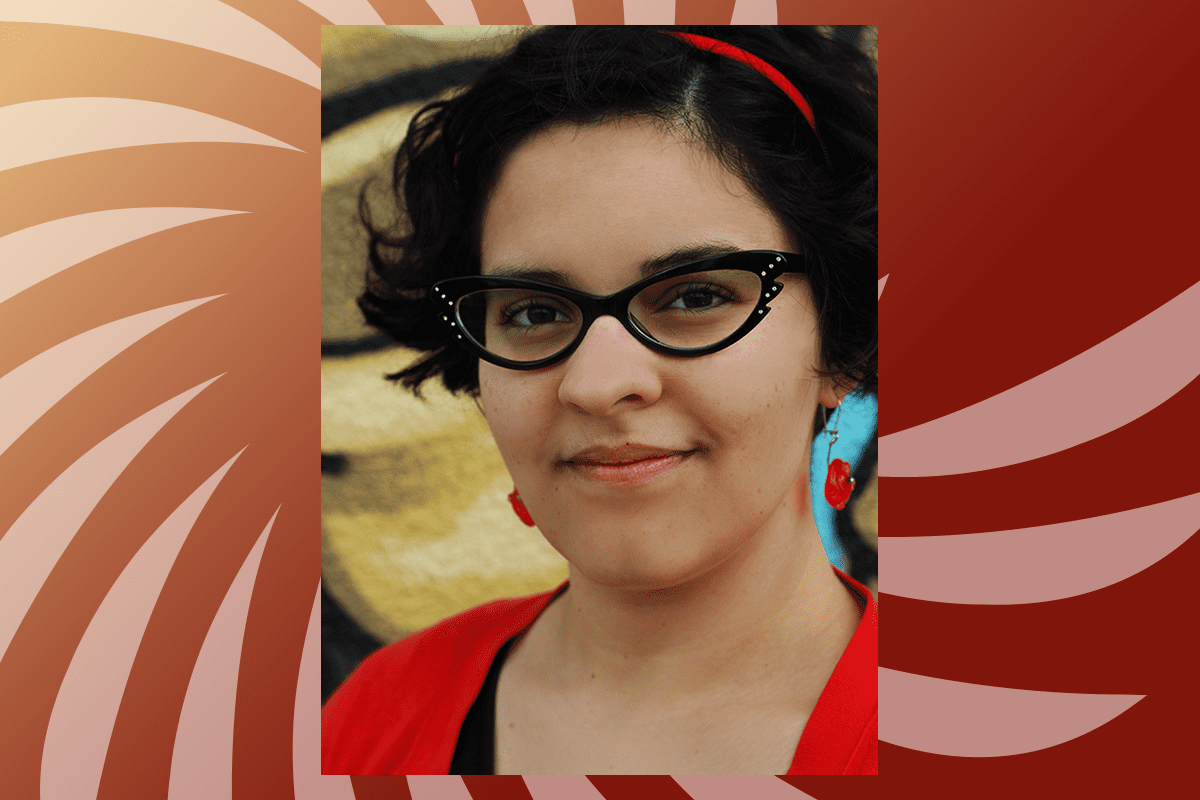Larissa Blokhuis, ALP Communications and Admin Coordinator, reflects on her Jamaican ancestry and history and how they’re informing her journey from sculptor to performer
On 25 December 1831, a peaceful strike began in Jamaica among enslaved Africans, organised by Sam Sharpe. When plantation owners realised what was happening, they responded with violence to crush the strike. On 27 Dec, rebels set Kensington estate ablaze, and the fight for liberation drew 60,000 enslaved freedom fighters into battle. Notably, while Black and BIPOC fighters targeted property and physical mechanisms of slavery, white colonial forces targeted people.
Although the Xmas Rebellion (also known as the Sam Sharpe Rebellion, the Baptist War, and various other names) didn’t end with the abolition of slavery, it let the English know that chattel slavery would not continue indefinitely. The UK parliament passed the Slavery Abolition Act 1833, and on 1 Aug 1834, chattel slavery was abolished across the commonwealth, including Jamaica and Canada.
While learning my history, one thing becomes clear: we keep us safe. We are the most important resource that we have in the work of building justice and liberation. Liberation does not come from the intentions of others, it’s something we vision, we plan, we create, we work for.
Although I don’t know whether my ancestors who survived enslavement in Jamaica were able to participate in the Xmas Day rebellion, I’m grateful to them for surviving, and I’m grateful for every freedom fighter who has made my life possible. With this gratitude comes a responsibility to continue the work, through civic engagement, agitating for cultural change, and continued learning and unlearning.
From Indoctrination to Resistance
My formal education happened in white-coded spaces, including my time in art school. I had many teachers and friends who are kind, thoughtful, system-challenging, and intelligent people, however we still operated within Eurocentric structures. I learned European art history and perspectives, and that art should be judged and categorised, commodified, and held away from the general public in institutions or private homes. I did not learn about the Xmas Rebellion, nor the Haitian Revolution, arguably one of the most significant events in the Americas. In the first 10 years after art school, I pushed for achievements in white spaces that did not attempt to represent or include or consider safety for women of colour.
In those spaces, my work became “sanitised” and achievement/perfection-oriented, and I fell out of love with the art I had been making. Although artist communities often envision themselves as bastions of progressive ideals, the same structures of oppression and “neutral” white supremacist worldviews found in all aspects of public life in Canada permeate the arts as well. In response to the internal crisis of these realisations and experiences, I decided to give up sculpture (which I didn’t actually do), and become a performer.
When I Speak
As a sculptor, I create and “perfect” my works in private for gallery consumers. As a performer, I become the artwork, in direct relationship with my audience and with no room for perfection. To enter a purposeful relationship with the audience and discuss my experiences, I have to be clear on my positionality. Through my Jamaican family, I have ancestors on both sides of slavery, and there are not “good people” on both sides. When I speak as a performer, I must consider which ancestors I honour with my words; which legacies I continue and which legacies I dismantle.
I’m inspired by my biological and cultural ancestors who did hard things and made real change to improve quality of life for Black / BIPOC Jamaicans. I feel a calling to use my voice to directly challenge the systems and worldviews that attempt to box up BIPOC as spectators or temporary participants within white supremacy. We are not spectators and we are not temporary; white supremacist systems are temporary. We are brave, we continually create new worlds and opportunities, and we are unstoppable when we work together.
*A note of clarification: Many sculptors and visual artists make or have made art that speaks to resisting oppression and/or is not about perfection for gallery consumers. Using sculpture in this way is just not my path, for now.
What do you wish people knew about your ancestors or your history? We want to share these stories! In 2023, we will ask the Arrivals community to create posts for us to share across social media platforms, to fill in the parts of our history left out or misrepresented in mainstream education. Contact me at outreach@arrivalslegacy.com.

